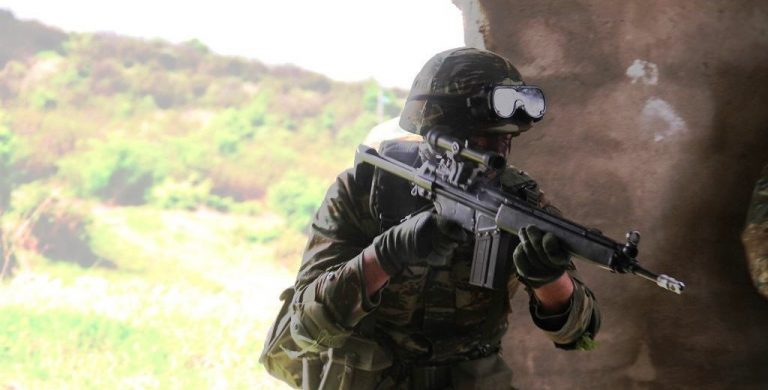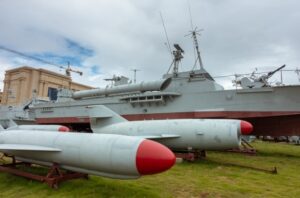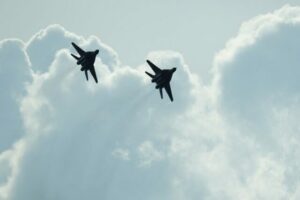But what has made the G3 design so much more enduring than the FAL and M14? Is it actually a better rifle?
After World War II, the members of the North Atlantic Treaty Organization collectively decided to adopt a new class of infantry weapon.
The new battle rifles would arm almost every NATO nation by the 1950s were lightweight, box fed, and chambered in 7.61x51mm NATO. The Belgian FN FAL dominated this class of weapon, proving to be the most popular once also adopted across the Commonwealth and by many other nations in the third world and Europe. But it had two primary competitors, the German/Spanish G3/CETME and the American M14.
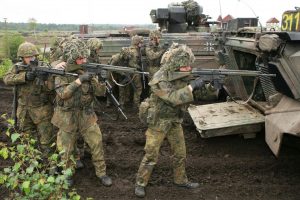
But all of these weapons, the only one that has “survived” in first-rate militaries to 2019 is the G3. The FAL and M14, even in their upgraded forms, have finally been retired from the front line of most militaries. But the G3 manages to soldier on and continues to see service in many larger militaries.
But what has made the G3 design so much more enduring than the FAL and M14? Is it actually a better rifle?
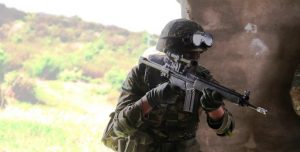
In stock configuration, the G3 is probably worse than the FAL and M14 for the shooter. Both the M14 and FAL have last round bolt hold open devices (in most configurations), the G3 does not. The G3 is notorious for a “violent” action, which beats up brass and the shooter’s face with how the stock is laid out. The charging handle on the G3 requires quite a bit of force to cock and open the action compared to the FAL and M14, due to having to unlock and open the rollers in addition to having to fight the recoil spring.
Read more HERE
Ask me anything
Explore related questions
